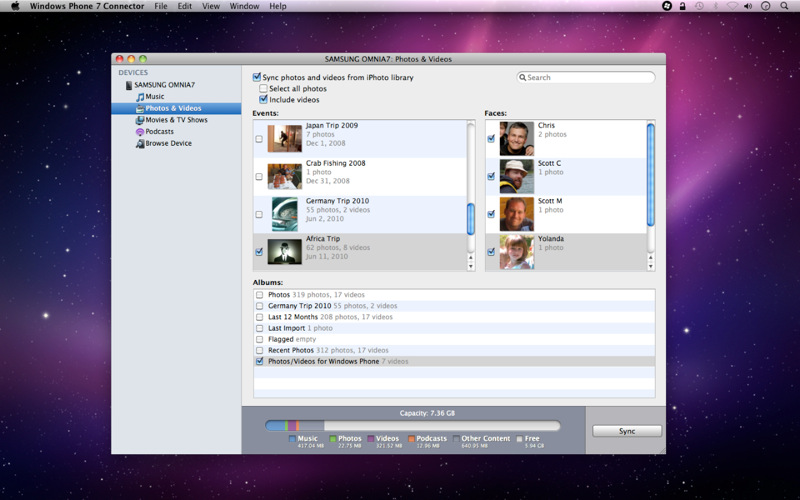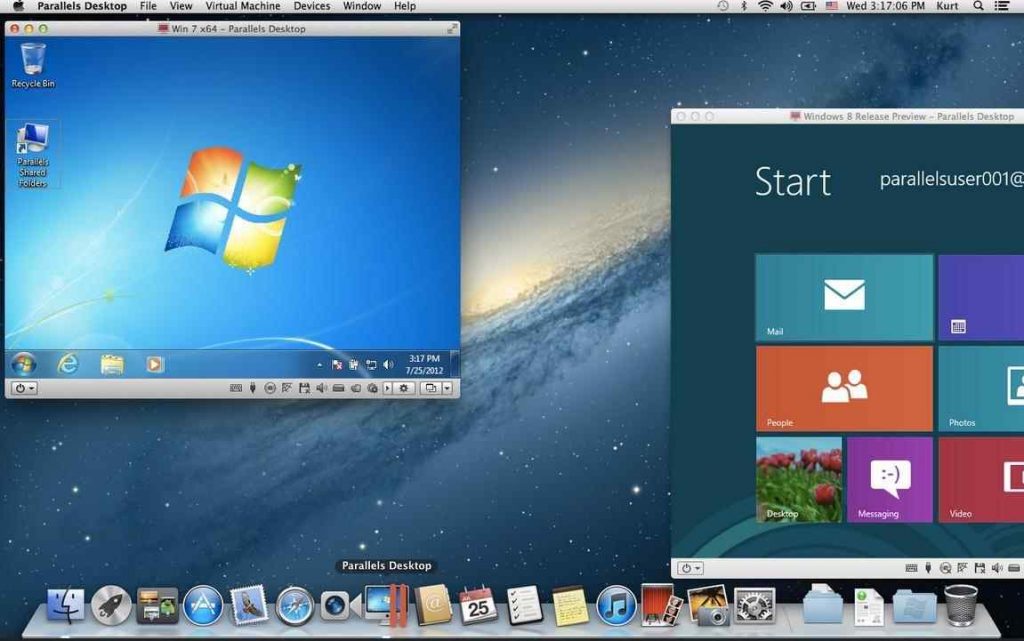

#Mac os x cheetah emulator for mac mac os#
However, any higher Mac OS version will cause a fatal freeze of Rhapsody. If any version of Mac OS 8.x is selected, it will work perfectly. This can see all the available volumes and allows the user to select any one – but doing so can cause Rhapsody to crash!
#Mac os x cheetah emulator for mac mac os x#
Mac OS X Server 1.2 came with Mac OS 8.6 inside a single ‘image’ file, which allowed the full ‘classic’ Mac OS to be run – including the Startup Disk utility. Rhapsody came with Blue Box, which evolved into Classic, an emulator used to run Mac OS inside Mac OS X. In fact the same version of the utility described above is supplied, but it does not run in Rhapsody directly, it is buried inside a copy of Mac OS that has to be run in an emulator. The focus of Mac OS X Server 1.x is Web Serving and QuickTime Streaming, and it was intended to be installed on a dedicated machine, so I guess Apple felt there was no need for a utility to switch to a different OS. What did Apple do with the Startup Disk utility? They removed it altogether! Internally this was called Rhapsody, and the Unix command uname will reveal this. The first publicly available version of the new operating system was Mac OS X Server 1.0 released on.

Note that I named the volumes according to the relevant OS the utility does not display any OS information, and has no mechanism to do so.Īpple, in the late 90s, was working hard to release the first version of their new operating system based on the NeXTstep codebase acquired with the purchase of NeXT in 1996. The very basic Mac OS 8 Startup Disk utility It hints back to an earlier time of more limited resources. The utility is completely unaware of volumes not formatted with HFS or HFS+ therefore it ignores Unix formatted volumes, including Rhapsody_unix as used by Mac OS X Server.Īdditionally the user has no way of changing the window size it is always as shown: two columns wide, three rows high.

Only one operating system per volume is permitted, since the user must select the Volume, not the operating system to be used. Mac OS 8.5, 8.6, and 9.0 provide very basic control. The utility is accessed through ‘Control Panel’ on Classic Mac OS versions or ‘System Preferences’ on Mac OS X. One curiosity I noticed was how Apple had changed the Startup Disk utility over the years and I decided to examine the differences more closely. I recently installed every version of Apple’s operating system that is compatible with the 1999 Blue & White G3 Power Mac – 11 major Mac operating systems: 8.5, 8.6, 9.0, 9.1, 9.2, 10.0, 10.1, 10.2, 10.3, 10.4, and Mac OS X Server 1.2.


 0 kommentar(er)
0 kommentar(er)
